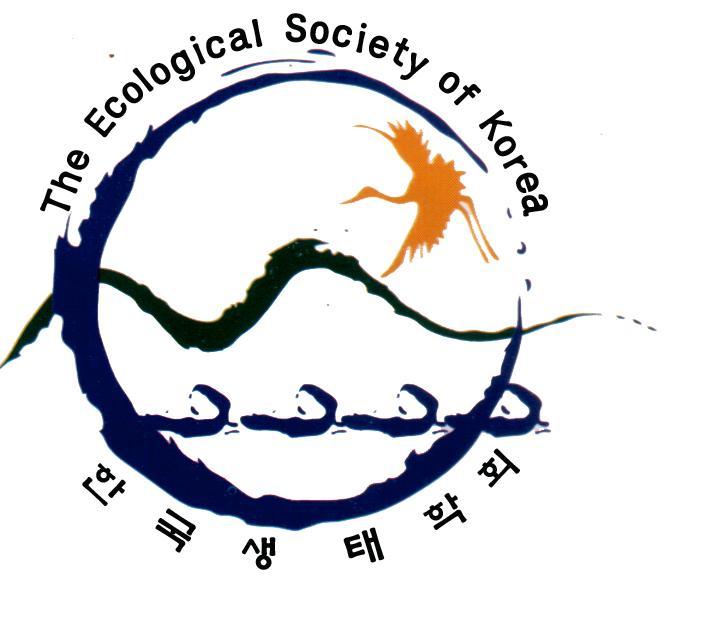- ENGLISH
- P-ISSN2287-8327
- E-ISSN2288-1220
- SCOPUS, KCI
 ISSN : 2287-8327
ISSN : 2287-8327
Assessing the invasive risk of Procambarus virginalis (marbled crayfish) in South Korea
최주희 (Invasive Alien Species Team, National Institute of Ecology, Seocheon 33657, Republic of Korea)
Abstract
Background: Introducing invasive alien species can reduce biodiversity by interfering with native species or spreading disease and having socioeconomic consequences. Therefore, international society has set goals for preventing and suppressing the introduction and spread of invasive alien species. Nevertheless, humans intentionally introduce and release alien species into the wild, facilitating their invasion. Procambarus virginalis (marbled crayfish) is a Decapoda invertebrate sold for ornamental purposes. Ecological repercussions are anticipated because individuals have been verified to exist in the wild in South Korea. P. virginalis, believed to have originated in Europe and North America, is parthenogenetic. Therefore, there is concern that its population may quickly expand in the natural environment. Results: This study examined the invasion risk of P. virginalis in South Korea and predicted its dispersal under future climatic circumstances. The habitat suitability for P. virginalis in Europe, North America, and Northeast Asia was determined using an ensemble species distribution model, and climatic niches were compared. Furthermore, the distributions of South Korea under the SSP2-4.5 and SSP5-8.5 scenarios are provided. The Northeast Asian region had habitat suitability comparable to that of Europe, and there was evidence that its climatic niche overlapped Europe (Schoener’s D = 0.29). In the future climatic scenario, 38% of South Korea is at risk of moderate to low invasion. The human disturbance index was the most critical variable in the distribution. Conclusions: We believe the hazards of its invasion of South Korea are significant. Additionally, there is a high possibility that they will be established in nature due to artificial releases. Therefore, continuous monitoring and appropriate management are needed for areas with a high risk of P. virginalis invasion.
- keywords
- ensemble species distribution model, human influence index, invasive species, niche overlap, Procambarus virginalis
- 46다운로드 수
- 83조회수
- 0KCI 피인용수
- 0WOS 피인용수
